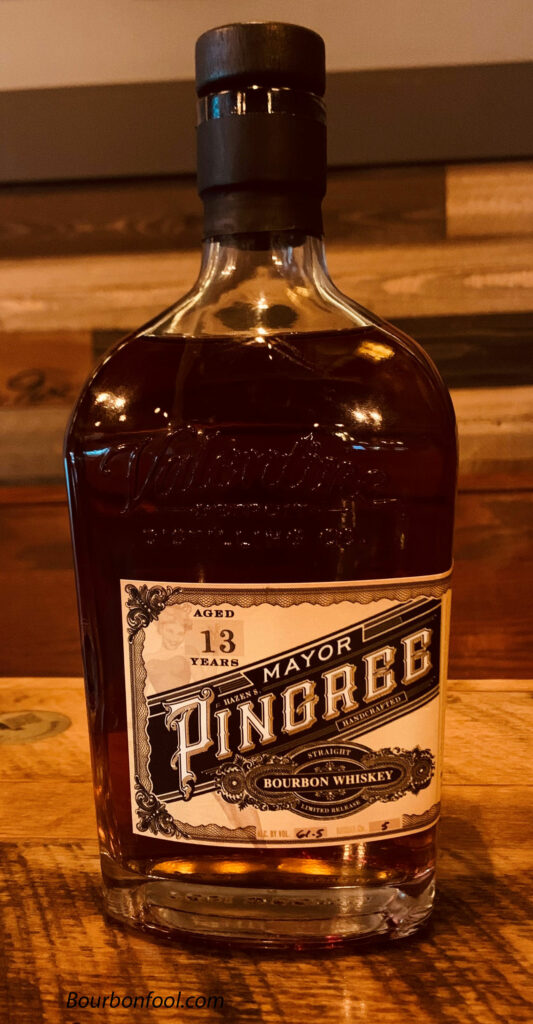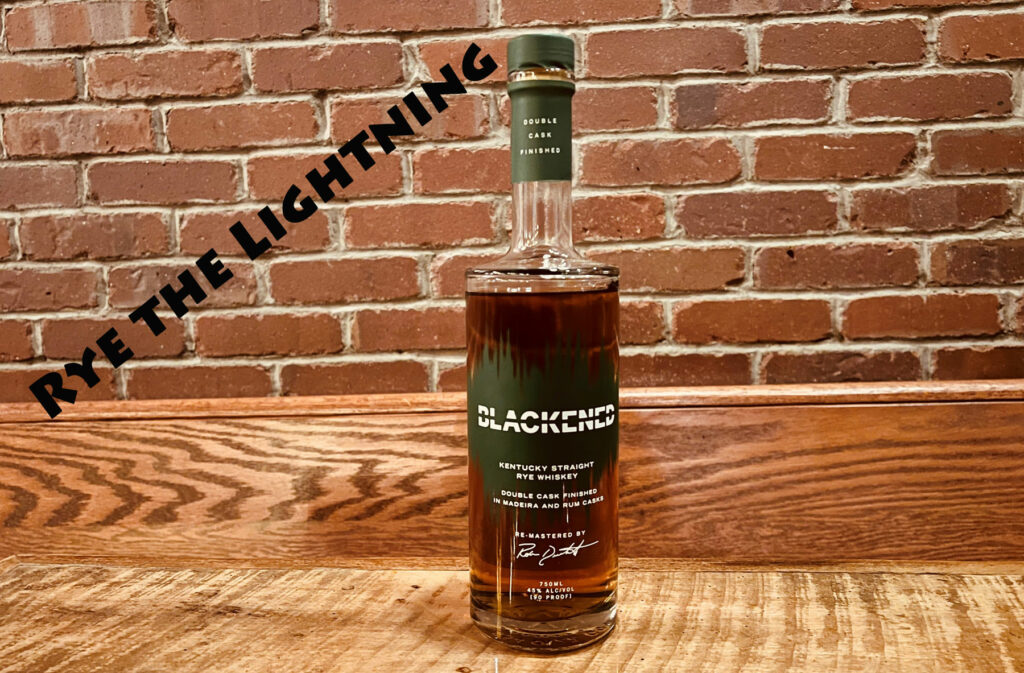Four Frequent Bourbon Falsehoods
Many things are said, published, and documented about bourbon, but four frequent bourbon falsehoods often come up in discussion. In fact, many new bourbon followers are confused by these four statements.

Falsehood Number One – Bourbon must come from Kentucky.
I hear this false statement often. Bourbon can be produced in any of the fifty United States. On May 4, 1964, the U.S. Congress passed a concurrent resolution that says, “Bourbon Whiskey is a distinctive product of the United States and is unlike other types of alcoholic beverages, whether foreign or domestic.” There is no reference to the state of Kentucky in that resolution.
Falsehood Number Two – Bourbon whiskey must age in a wooden barrel.
This bourbon falsehood is easy to understand how people get confused. Oak bourbon barrels are a large part of the bourbon story. Travel to any distillery; you will see examples of wooden barrels featured prominently throughout the visit. Barrels of multiple sizes are used at different distilleries, with the primary size being 53 gallons. However, the bourbon classification clearly states that bourbon is put into a new charred oak container. Therefore, bourbon could be transferred from the still to a newly charred oak bucket, which would meet the bourbon whiskey standard.
Falsehood Number Three – Bourbon whiskey must age at least two years.
The lack of a minimum age requirement is the one area where I think the powers missed the mark. There is absolutely no aging requirement in the classification standards.
Bourbon must be made in the United States
It is to be made of at least 51% corn
distilled no higher than 160 proof
put into a barrel at no higher than 125 proof
It is put into a new, charred oak container
As you can see, there is no mention of minimum aging. Keep in mind that one hundred percent of the beautiful color of bourbon comes from time spent in the barrel. To me, aging is a critical step to creating great bourbon.
Falsehood Number Four – Only American Oak can be used.
It is factual that most bourbon barrels produced are made from American Oak. However, it is not mandatory. The definition states that it is to be put into a new, charred oak container. Multiple distilleries have used French Oak. With increased secondary maturation processes, distillers can introduce many different profiles to their bourbon. Used barrels or casks from other products such as wine or rum are prevalent. Secondary wood can be utilized, such as cherry, pecan, or even hickory, to enhance and obtain a different flavor profile.
I hope these reminders will help everyone recognize the four frequent bourbon falsehoods and correct them when possible.
What’s New at Charlie’s
This week we feature Blackened whiskey that was double cask aged in used Madeira and Caribbean rum casks. The flavor in this rye whiskey is really significant. It is a true testament to what secondary maturation can do. Watch our video REVIEW HERE.
